Real-Time Employee Feedback is Valuable
More and more companies are turning away from the single annual employee review and moving toward providing real-time feedback for managing performance throughout the year. While requiring greater involvement, this shift is good for both the company and its workforce. Annual and quarterly reviews are simply insufficient when it comes to fostering employee growth and keeping a pulse on productivity. With more regular communication, leaders can reward and address behavior sooner, enhancing engagement and operations.
What Is Real-Time Feedback?
Real-time feedback is a reactive performance management method that keeps team members and management up-to-date on productivity. Rather than wait to assess how an employee is performing, managers provide guidance on a daily basis that will help workers thrive. This is a win-win, as the workforce is more engaged and productive leading to a better bottom line for the organization, and employees know what leadership thinks of their performance.
Real-time feedback is not an evaluation, but rather a collaboration focused on continuous improvement. Managers capture behavior in the moment and coach based on those observations, and employees seek clarification and course correct on key priorities. It is a constant communication cycle that allows both managers and employees to engage in timely and relevant conversation and avoid details and timing that are often lost with quarterly or yearly performance discussions.
The Benefits of Real-Time Feedback
Because it takes place on an ongoing basis as things happen, real-time feedback helps management recognize if employees are on task, whether any clarification or support is required, and if changes need to be made. It also enables employees to understand if they are on track and what areas they need to improve on. In essence, real-time feedback is snapshots of obstacles and progress, setting the whole team up for success. Here are some of the pros of this performance management process.
Better Performance
Because you are more focused on day-to-day or project-to-project performance, you can address mistakes, course correct, and provide guidance in a more timely manner. Both sides get regular insights that can better shape culture, growth, and the employee experience.
Happier Employees
By having a chance to seek clarification or advice, correct issues, learn from mistakes, and receive praise sooner, employees are less anxious and/or angry and more connected to their work. Through real-time feedback, leadership signals that it is supporting employees every step of the way. Workers believe leaders are invested in their development, which leads to higher morale.
Enhanced Ability to Learn and Improve
Because you are not focusing on something that was done 10 months ago with a fuzzy memory, but rather in the present, there is greater opportunity to learn from mistakes, pivot, and grow – on both the part of employees and leadership.
Improved Relationships
Consistent, one-on-one attention can do wonders for building respect, transparency, and trust among teams, as well as between management and workers. After time, in the moment feedback also feels like a natural way of communicating, bringing easy efficiency to your working relationships.
Whether or not your own company is moving in this direction, as a manager, you can take it upon yourself to provide more frequent feedback to your direct reports. It’s time to stop focusing on only annual performance reviews and embrace the more open communication and coaching strategy that real-time employee feedback affords.
















